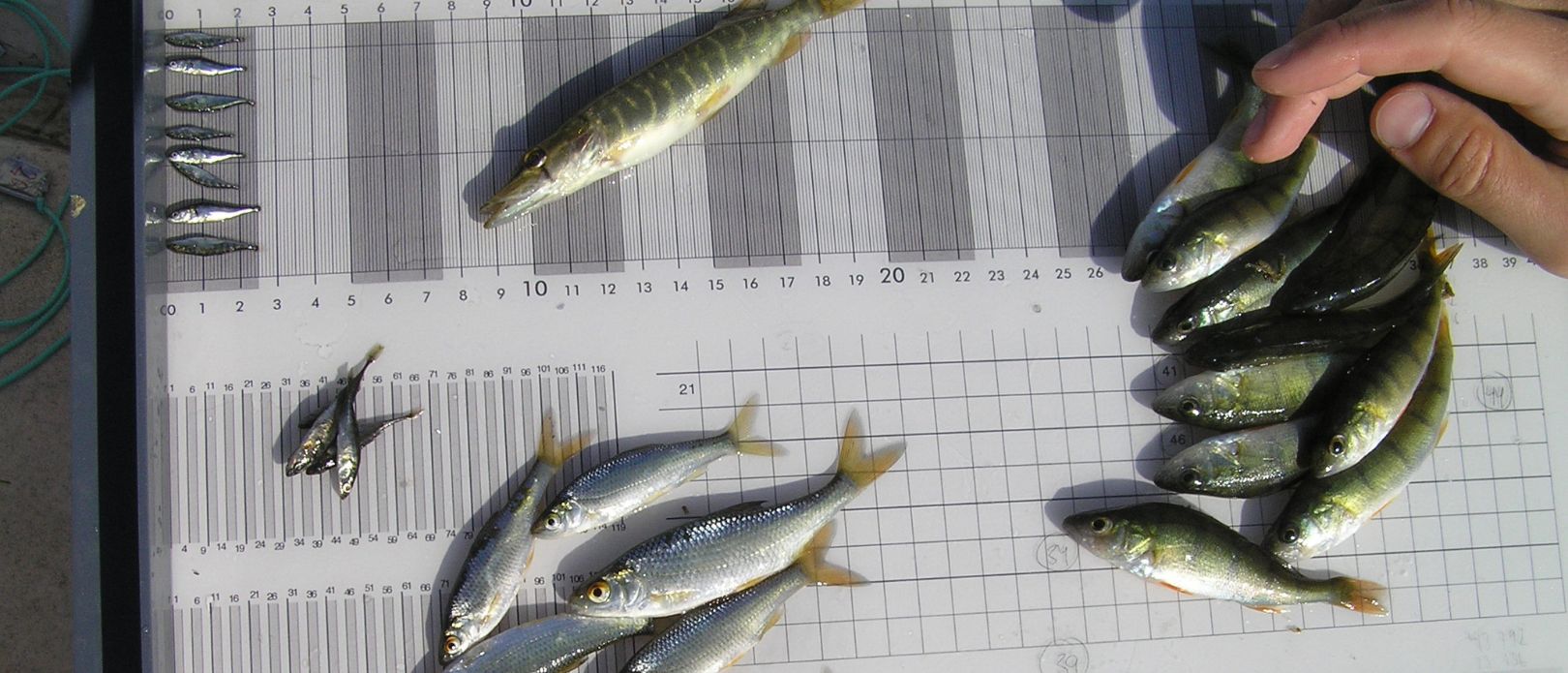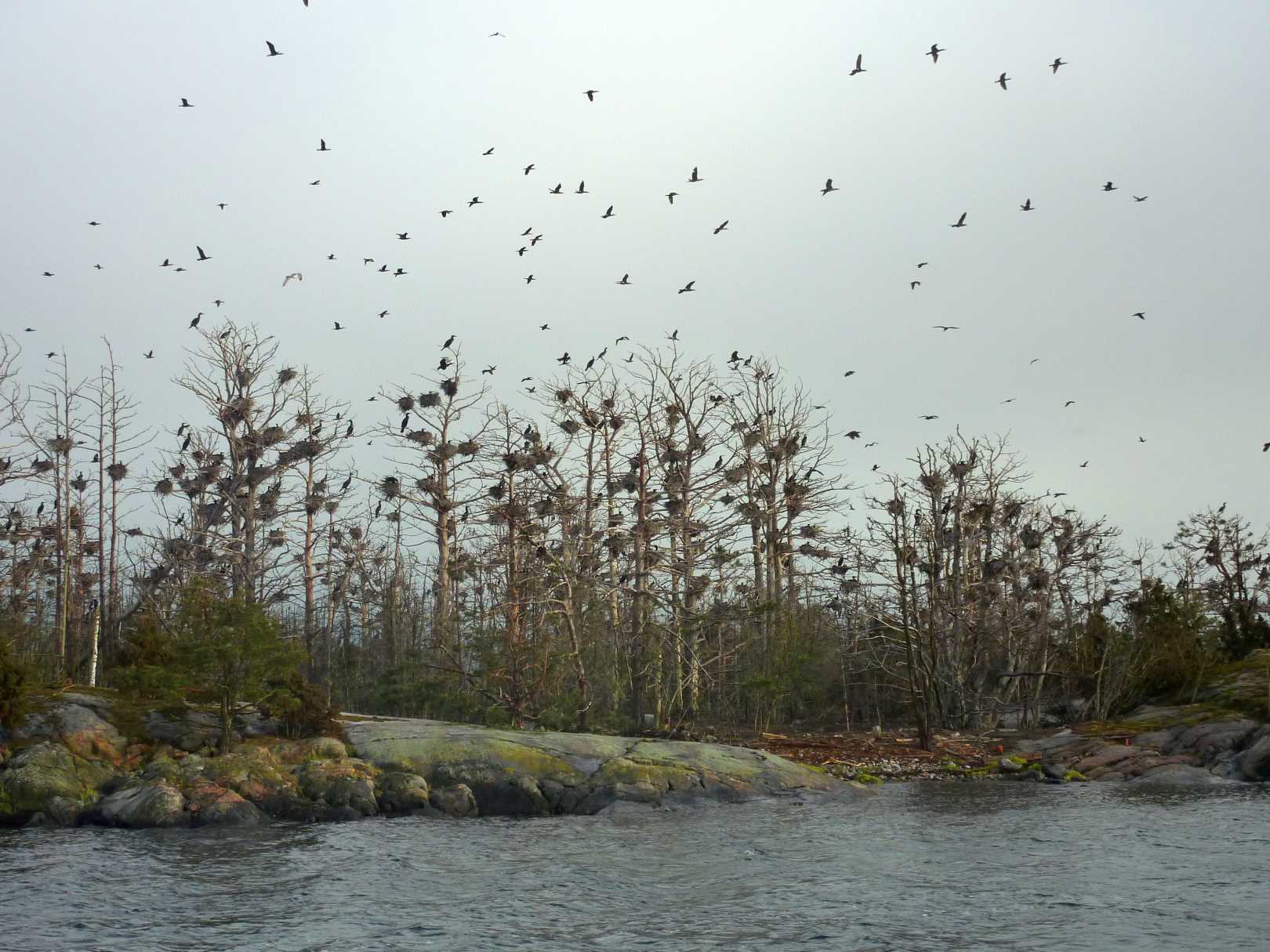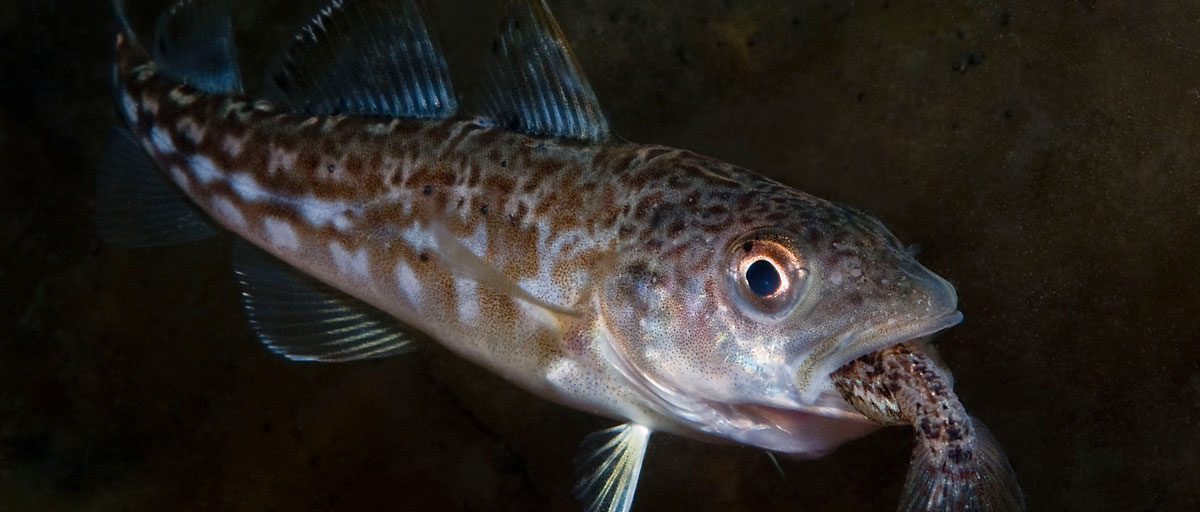Baltic sea
Having good neighbours and few top predators make predatory fish populations more resilient

Fry of perch, pike, stickleback and roach. Photo: Ulf Bergström.
A regime shift is gradually spreading through the archipelagos of the Swedish Baltic Sea coast, where shallow bays, previously dominated by pike and perch have one by one become dominated by one of their prey species, the three-spined stickleback.
Now, research shows that the ability of the pike and perch to maintain dominance over stickleback increases if there are plenty of pike and perch close-by that can help the local population withstand the stickleback intrusion. The researchers also found that the resilience of the pike and perch populations decreased with increasing predation from grey seal and great cormorant.
- In recent decades, the stickleback, a fish, has taken over bay after bay along the Swedish coast leading to a deterioration of water quality
- If there are bays with predatory fish nearby, these neighbors can support weakened stocks and hold off the stickleback
- But if there are many cormorants and grey seals in the area, they will weaken predatory fish populations, which makes it easier for the stickleback to take over
Populations of pike and perch have shown marked declines along the Swedish Baltic Sea coast. One of the main causes of these declines is the dramatic increase of three-spined stickleback. The stickleback is a small species of fish that reproduces quickly and shows a good appetite for the eggs and larvae of pike and perch. Through this predation, it has knocked out local populations of pike and perch, especially in the outer archipelago. As the shift has spread successively from bay to bay, it has been nicknamed ‘the stickleback wave’. When the stickleback comes to dominate an area, it has cascading effects on the rest of the ecosystem, with consequences for water quality and habitat-forming vegetation.
Predatory fish hold out against the stickleback wave
To improve the understanding of how the ecosystem functions and how we can maintain strong populations of pike and perch, it is important that we figure out which factors make an ecosystem resilient, or vulnerable, to the stickleback wave. A new study published in Nature Communications by researchers from Stockholm University, the Swedish University of Agricultural Sciences (SLU) and University of Groningen shows that access to close-by spawning and nursing areas (connectivity*) can increase the ability of the predatory fish to hold out against the stickleback wave.
“Larger areas of spawning habitat that are sufficiently close to each other mean that the predatory fish have ‘neighbours’ that can migrate in and support a weak population. Small, isolated bays without such neighbours will struggle when the stickleback strikes,” says Agnes Olin, researcher at the Swedish University of Agricultural Sciences and first author of the study.
Important with fish spawning habitats close-by
In the study, the researchers have analysed the abundance of juvenile perch, pike and stickleback in a large number of bays along the Swedish Baltic Sea coast to find out which factors drive the relative density of these species. The most important determinant of whether a certain bay was dominated by stickleback or by predatory fish were drivers related to the amount of stickleback arriving in the bay in the spring to spawn. However, if there were plenty of predatory fish spawning habitat close-by, the probability that the predatory fish maintained their dominance when the stickleback arrived increased.
Even though the importance of connectivity in nature is widely recognized, empirical studies demonstrating if and how connectivity affects species interactions are still relatively rare.
Örjan Bodin, Centre professor and co-author
“Even though the importance of connectivity in nature is widely recognized, empirical studies demonstrating if and how connectivity affects species interactions are still relatively rare. This study addresses this gap by utilising a big dataset, collected over a relatively large geographical area, to empirically show how connectivity can affect key ecological processes,” says Örjan Bodin, Centre professor and a co-author of the study.
Impacts of grey seal and great cormorant
The study also showed that the positive effect of close-by spawning areas, i.e. the connectivity, disappeared at high local densities of grey seal and great cormorant. These two top predators have increased in the Baltic Sea, and can eat plenty of pike and perch in some areas. This suggests that at particularly high densities of seals and cormorants, the populations of predatory fish can be suppressed to such a degree that it does not matter that there is plenty of predatory fish spawning habitat nearby, since there is no fish there anyway.

Great cormorants impact the populations of predatory fish. Photo: Ulf Bergström
“This is the first time that we can show that grey seals and great cormorants have such a large-scale impact on the populations of pike and perch along the Baltic Sea coast. If we want to strengthen these populations of fish, it could therefore be important to implement measures that reduce the predation pressure from seals and cormorants in the perch and pike spawning bays,” says Ulf Bergström, researcher at the Swedish University of Agricultural Sciences and a co-author of the study.
“The study shows that it is important with a holistic approach when it comes to the management of ecologically important fish species, such as pike and perch. The management of habitat, of fish and of their predators, including seals, cormorants and stickleback, are all tightly linked. In addition, our results point to how important it is to have a wider spatial perspective - what happens in one bay has knock-on effects in other bays as the fish moves around, so you can’t just look at one bay at the time,” says Johan Eklöf, professor at Stockholm University and leader of the research project that financed the study.
Olin, A.B., Bergström, U., Bodin, Ö., Sundblad, G., Klemens Eriksson, B., Erlandsson, M., Fredriksson, R. & Eklöf, J.S. 2024. Predation and spatial connectivity interact to shape ecosystem resilience to an ongoing regime shift. Nature communications, 15. 1304.








